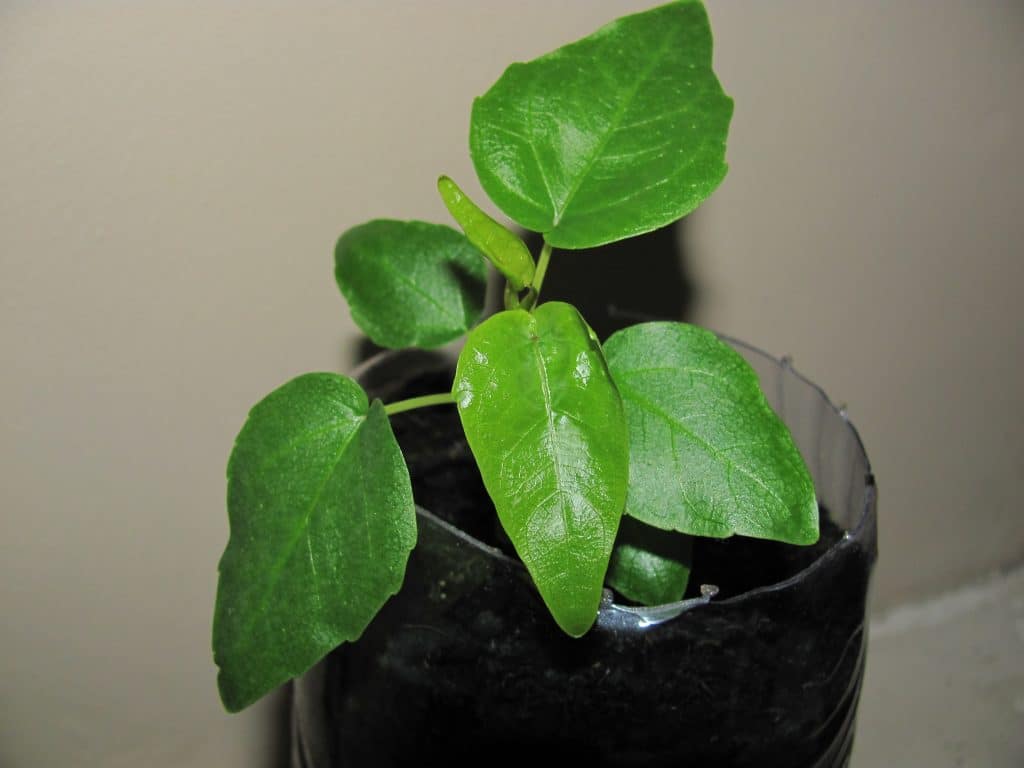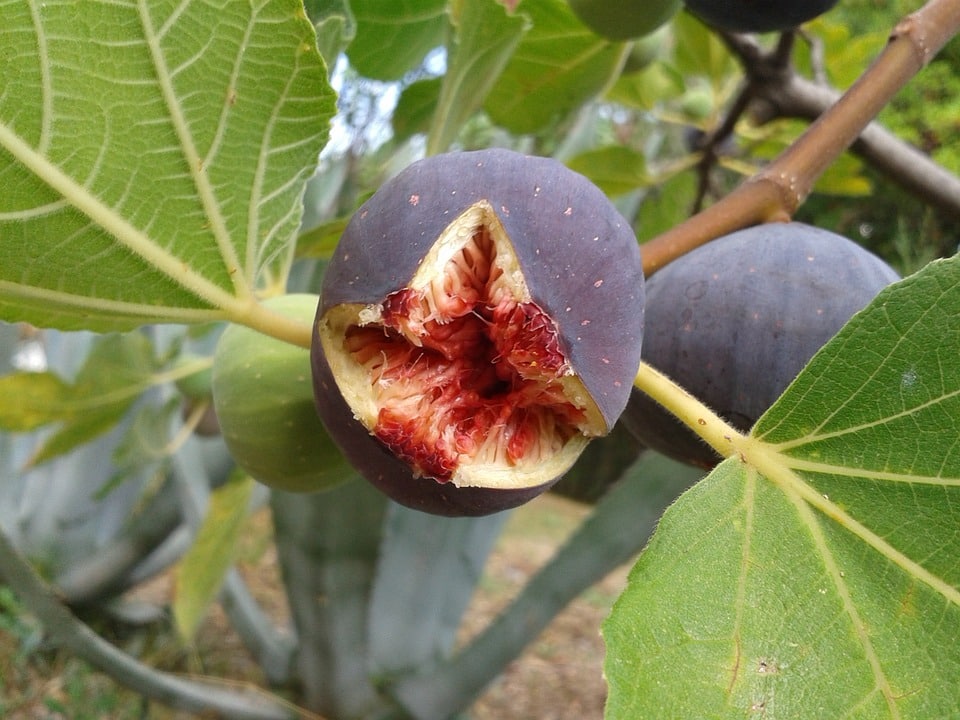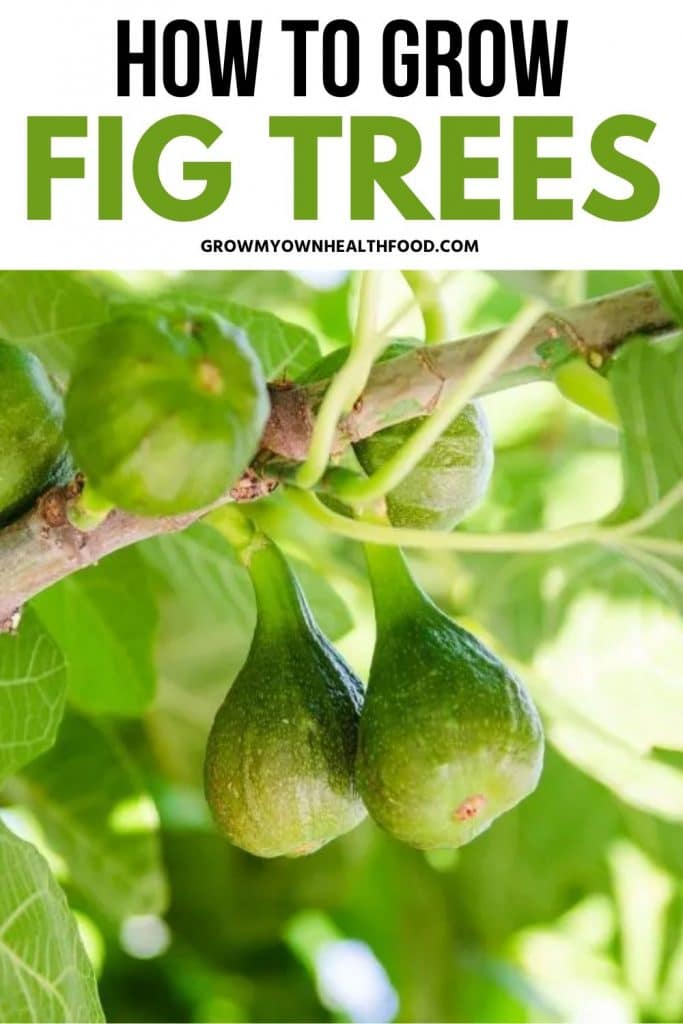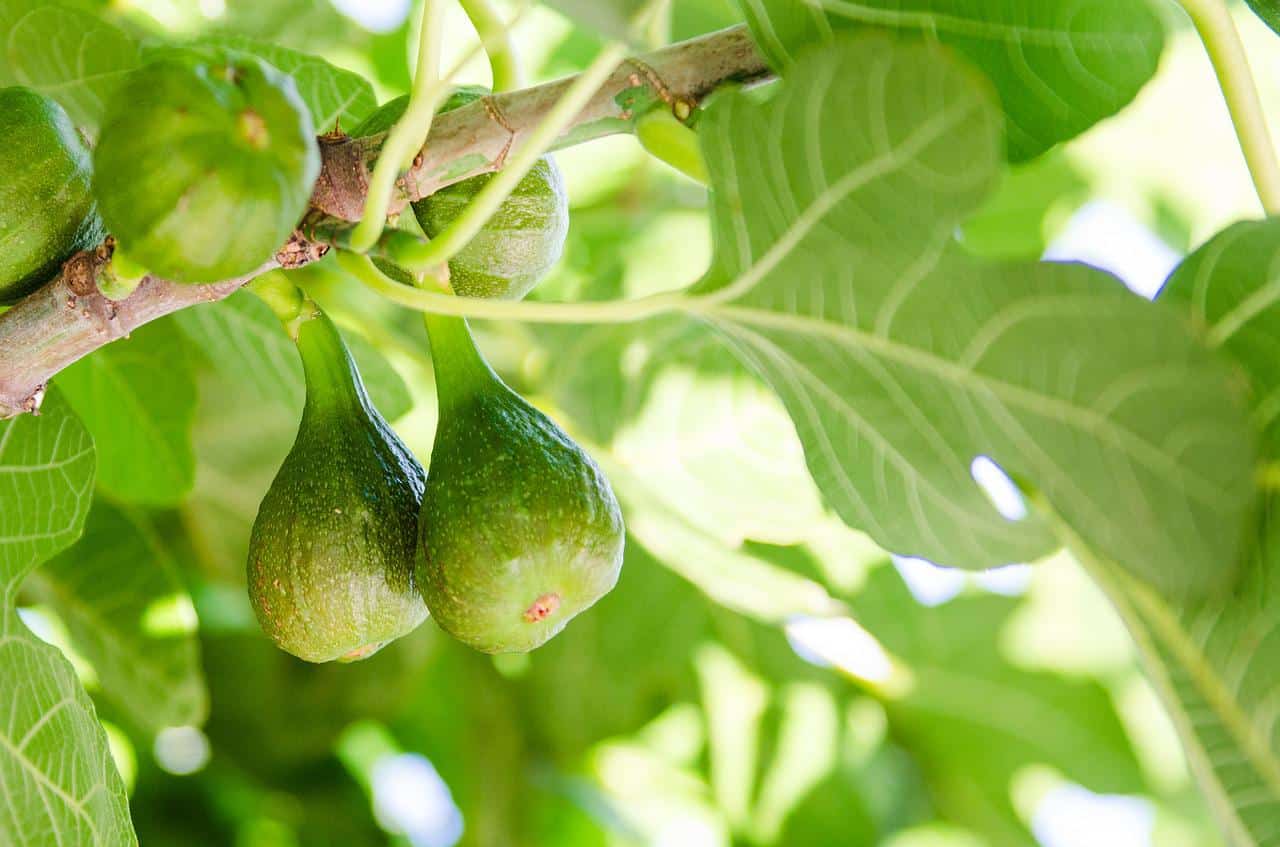Figs are among the oldest fruits known to humankind and are native to the Middle East and northwestern Asia. However, surprisingly, fig trees are highly adaptable to different temperatures and climates and are grown in different parts of the world. All you really need is a sunny, sheltered spot and a bit of patience, and you too can start growing fig trees in your garden. Read for everything you need to know on how to grow fig trees.
If you’ve never had fresh figs you are in for a treat. Not only do these exotic fruits taste heavenly, but they also offer a ton of health benefits. They are known to be great for cleaning the digestive system, brightening the skin, and preventing cell damage as they are packed with antioxidants, calcium, potassium, fiber, and prebiotics.
Fig plants are quite easy to grow if you know what you are doing. If you are new to growing exotic plants here are a few steps that you should follow to make sure your plants grow into big and healthy trees and you can get maximum yield.
Best Time to Start Plantation
You should start planting after the risk of frost has passed and the ground isn’t waterlogged or frozen. You can either start planting in fall from September to November to give your plants time to establish, or you can plant in March-April just before the weather starts getting too hot.
Ideally, you should pick a mild day for planting and make sure you find a spot that gets plenty of sunlight. However, you shouldn’t leave your plants exposed in an attempt to provide them with more sunlight, instead plant near a wall or garden fence so you can give your plants added protection from winds and drafts. Also, make sure to plant soon after buying your fig trees to give them the best chance to thrive.
Growing Fig Trees
There are multiple ways to grow fig trees including buying plants from a nursery, planting root suckers from other trees, or using cuttings from mature plants. No matter what technique you decide to use, make sure you plant your trees outside when they are dormant during early spring or late fall.

Although some varieties of trees can thrive in colder climates, most of the varieties prefer USDA zones 8 through 10. If you are living in a colder zone, you will need to protect your young plants from winter frost which is why you should plant them in moveable containers. Once they develop into well-established trees you can move them to the ground, but make sure to plant them near a wall or a fence to give them protection against winter winds.
Prices pulled from the Amazon Product Advertising API on:
Product prices and availability are accurate as of the date/time indicated and are subject to change. Any price and availability information displayed on [relevant Amazon Site(s), as applicable] at the time of purchase will apply to the purchase of this product.
In addition to a lot of sunlight, fig trees need plenty of room to thrive. Whenever you are planting multiple trees make sure to separate them by at least 15 to 20 feet. If you space your plants by 10 feet they will develop into smaller growing bushy trees which can be a good idea in colder areas as they become much easier to protect from the harsh weather conditions.
Before you start planting be sure to dig in plenty of organic material, like compost or well-rotted manure. This will help create ideal growing conditions for younger plants. The soil needs to be loamy, fertile, and well-drained and have a pH balance of around 6.0 to 6.5 to give your plants the best chance to thrive.
- Happy Frog Potting Soil is amended with soil that can help improve root efficiency and encourage nutrient uptake.
- Designed for container planting. Whether you’re growing a ficus in the dining room, a geranium on the patio, or a lemon tree on the deck, use our Potting Soil in your containers.
- Highly recommended for container garde
Prices pulled from the Amazon Product Advertising API on:
Product prices and availability are accurate as of the date/time indicated and are subject to change. Any price and availability information displayed on [relevant Amazon Site(s), as applicable] at the time of purchase will apply to the purchase of this product.
- Sturdy Fabric Material: Made of 300g of thickened nonwoven fabric, these pots are moderately permeable, and BPA-free
- Great Drainage: Nonwoven fabric means the pots do not retain excess water, allowing your roots to breathe for healthier, more vigorous growth
- Durable, Reinforced Handles
Prices pulled from the Amazon Product Advertising API on:
Product prices and availability are accurate as of the date/time indicated and are subject to change. Any price and availability information displayed on [relevant Amazon Site(s), as applicable] at the time of purchase will apply to the purchase of this product.
Fig Tree Care and Maintenance
When you plant new fig plants, they need to be pruned back by half. This might seem counterproductive, but it will help the plant establish strong roots. Keep in mind that you won’t be getting any fruit from your plants for at least the first 2 to 3 years. So, this early pruning can be a great way to give your plants a head start and help them develop strong bases. Once the plants have developed into well-established trees, you should prune them each year in late winter and use balanced fertilizer according to the age and growth of the trees.
- Miracle-Gro Performance Organics All Purpose Plant Nutrition feeds plants instantly
- Apply easily with the Miracle-Gro Performance Organics Garden Feeder or your watering can
- Enhanced with micronutrients to deliver high performance results
Prices pulled from the Amazon Product Advertising API on:
Product prices and availability are accurate as of the date/time indicated and are subject to change. Any price and availability information displayed on [relevant Amazon Site(s), as applicable] at the time of purchase will apply to the purchase of this product.
As the roots of these plants tend to grow close to the surface of the soil, it is important that you keep watering them regularly during the growing season. Allowing the roots to become dry will lead to the fruit dropping prematurely. You should also use mulching with straw or grass clippings to keep the roots moist.
Fig Tree Diseases and Pests
One of the most serious threats to fig trees is root-knot nematodes. These are dangerous pests that attack the plant’s roots and affect their ability to absorb water and nutrients. What makes these pests particularly dangerous is that once they attack a plant no chemical treatments can save it. One of the things you can do is prune the tops which will balance the weakened root system and might prolong the plant’s life.
- Warm yet Ventilated: With the zippered roll-up door and 2 Velcro side windows.
- Large space: Constructed with 12 wired shelves – 6 on each side, and measures 56.3” (L) x 55.5”(W) x 76.8”(H).
- Rock-solid Stability: Structured with heavy-duty rust-resistant tubes for extended durability, supported with an 18 lb. weight capacity.
Prices pulled from the Amazon Product Advertising API on:
Product prices and availability are accurate as of the date/time indicated and are subject to change. Any price and availability information displayed on [relevant Amazon Site(s), as applicable] at the time of purchase will apply to the purchase of this product.
Fig plants can also be affected by rust which can be fatal. However, fungicide spray can easily take care of that. Younger plants can also be susceptible to different fungal blights, including leaf and pink blight. These can be avoided by using basic sanitary gardening practices. For example applying mulch, cleaning dead plant material, and disinfecting your tools.
Fig Tree Harvesting
You can start harvesting when you see the fruit drooping. One way to tell whether the figs are ripe or not is by touching the fruit. If it is soft to the touch and the skin starts to split they are ripe. Moreover, when your figs turn brownish-purple in color, you know they are ready to be harvested.

Make sure you start harvesting at just the right time. If picked too soon, they won’t develop the delicious flavors they are known for. If left too long the squirrels and birds will feast on them before you can get to them.
How to Grow Fig Trees – Summary
Fig trees can be very easy to grow. If you pick the right variety with respect to your climate and weather, your plants will turn into well-established trees in no time with minimal effort. Make sure your cuttings get shelter and sunshine, moisture-retentive and well-draining soil. If you are using containers, a reasonably big container. That is all you will need. When planting your cutting in the ground, make sure to dig over the soil and mix in some garden compost. This will help them develop into much healthier and stronger plants.












